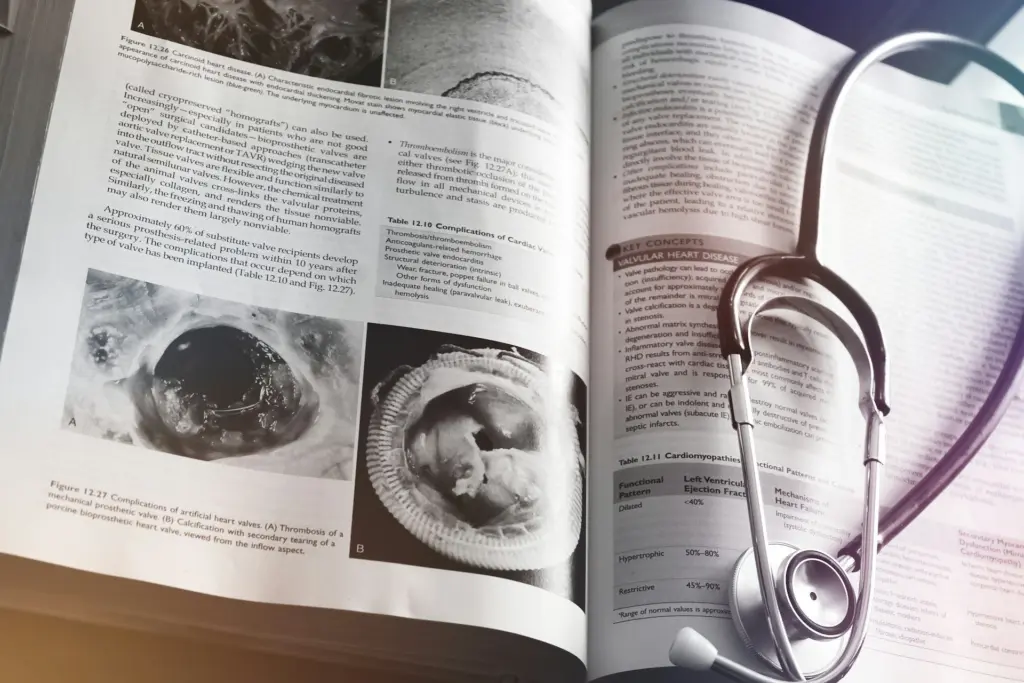Originally posted on IdahoEdNews.org on October 27, 2025
BOISE, ID – Reducing state-subsidized medical school seats would be a “fatal blow” to the WWAMI program that has accepted Idaho students since 1972, a university lobbyist said at a hearing Monday.
Luke Malek — a representative of the University of Washington, which operates WWAMI — stopped short of saying WWAMI would sever its Idaho ties. But cutting Idaho’s program from 40 students per year to 30 per year threatens the partnership.
“The economics don’t make sense if you make that reduction,” Malek told Idaho EdNews, after the state’s medical education task force met at the Statehouse Monday.
The task force has the complicated, sensitive job of addressing Idaho’s partnerships with medical schools. The long-term goal is to help more Idaho students go to medical school, and help address the state’s longstanding physicians’ shortage.
One of the most politically charged questions before the task force is the future of WWAMI — a regional partnership that takes students from Washington, Wyoming, Alaska, Montana and Idaho.
Idaho is putting nearly $7.6 million into WWAMI this year, supporting a new class of 40 students. But the 2025 Legislature passed a law that said Idaho might — or might not — cut at least 10 seats per year from WWAMI. Some legislators have criticized UW for balking at taking on more students in past years, and for hesitating to sign a letter asserting that it uses no Idaho tax dollars for abortion training. (The UW signed this letter in February.)
In a letter Friday, UW officials urged the task force to hold the line for WWAMI.
“Do no harm,” the letter read. “There should be no reduction in the number of existing medical student positions that have been built and supported by the state of Idaho. Instead, build off what has been created to grow medical education, not shrink it.”
WWAMI is also lobbying for a bigger piece of the market. WWAMI says it can take an additional five Idaho students next summer, and five more students the following year.
Legally, there’s nothing stopping the state from funding additional WWAMI seats. But the 2025 law — the same law that contemplates a WWAMI cut — also calls for Idaho to fund an additional 30 seats over three years, at medical schools other than WWAMI.
WWAMI’s expansion push drew a pointed response from Rep. Dustin Manwaring, the task force’s co-chair and an architect of the 2025 law. Noting that WWAMI signed off on the law’s compromise language, Manwaring accused the school of reneging on its support and focusing solely on growing market share.
“I’m trying to figure out what changed,” Manwaring, R-Pocatello, said to Malek.
In response, Malek pointed to the task force’s Oct. 20 meeting — when University of Utah and the Idaho College of Osteopathic Medicine officials made a concerted push for the medical school seats that are up for grabs.
“I think a lot of that changed last Monday,” Malek told Manwaring. “Our ask is to be part of the solution.”
The quest for a solution focuses on three players: WWAMI; Utah, which already reserves 10 taxpayer-subsidized seats a year for Idaho students; and ICOM, a private, for-profit college that has no arrangement to take Idaho students.
The costs could vary greatly.
Each new medical school seat at Utah would cost $61,285, Kevin Campbell, principal budget and policy analyst for the Legislative Services Office, told the task force. The subsidies for ICOM would run $35,000 per student, he said.
Campbell did not have similar cost figures for new WWAMI seats. But on Monday, Malek said WWAMI could offer additional Idaho seats for about $45,000 per student.
While WWAMI is fighting off cuts and lobbying for additional seats, there seemed to be one recurring point of agreement Monday: No one medical school can solve Idaho’s problems alone.
U of I lobbyist Caroline Nilsson Troy underscored that point during her testimony Monday. The U of I’s longstanding partnership with WWAMI is “critically important,” and the state could expand the program at a modest cost, she said. But at the same time, Troy touted the U of I’s burgeoning partnership with Utah. Working under a memorandum of understanding with Utah, the U of I has proposed a Boise medical school campus that could take 30 students by 2028 and 120 students by 2031.
Several task force members said they supported an all-of-the-above strategy: A continued, and perhaps expanded, relationship with WWAMI; additional seats at Utah; and a new partnership with ICOM.
“If we could afford it, I would do all of the above,” said Shawn Keough, a State Board of Education member.
Ultimately, the Legislature will decide where and how to spend money to address the physicians’ shortage, Manwaring told the task force. The task force’s job is to submit a “medical education plan” to Gov. Brad Little and the Legislature before the 2026 session, while continuing the fact-finding work it began in August.
“We’re talking about all those uncomfortable things,” Manwaring said at the conclusion of Monday’s meeting.
Click here for Idaho EdNews’ in-depth, ongoing coverage of the medical education issue.





